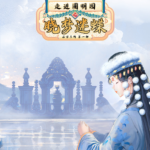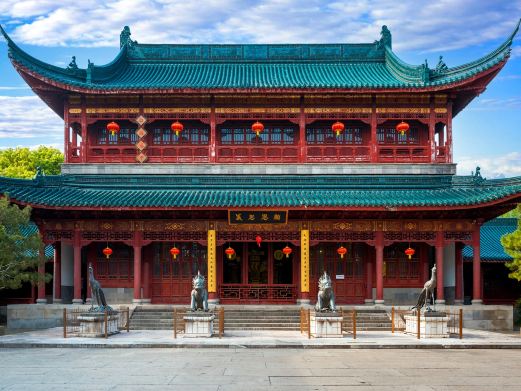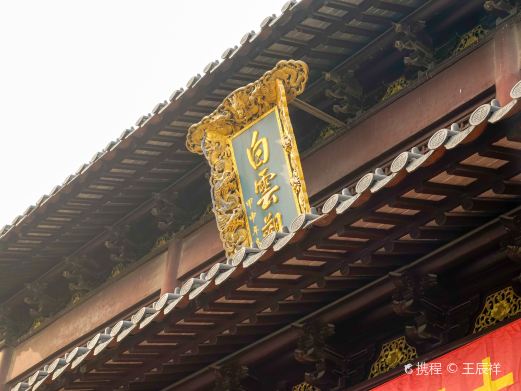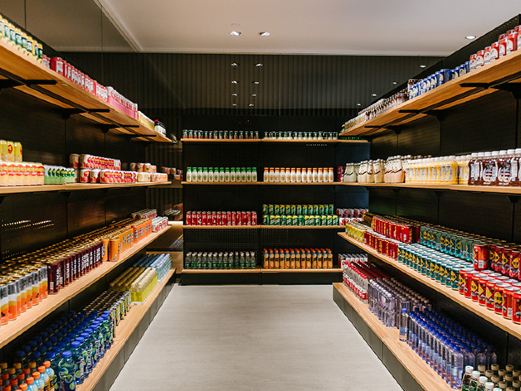Lili Ancient Town in Suzhou, Jiangsu Province, is bordered by Shanghai to the east, Taihu Lake to the west, Zhejiang to the south, and Suzhou to the north. It is strategically located at the core of the golden triangle formed by the intersection of Jiangsu, Zhejiang, and Shanghai. Established during the Southern Song Dynasty, the town has a history of nearly 900 years. Within the 0.69 square kilometers of the ancient town’s core protection area, there is a rich accumulation of historical relics from the Song, Yuan, Ming, and Qing dynasties, with 55 cultural relics protection units at various levels.
Among them, the former residence of Liu Yazi is a national cultural heritage site, while Hongshoutang (Luoya Cottage) and Zhougongfu Ancestral Hall are key cultural relics protection units in Jiangsu Province. The multitude and unique structure of the alleys in Lili, as well as the numerous ancient bridges and the beauty of the riverbanks, are distinctive features of the ancient town. The ancient market river is adorned with 352 mooring stones.Moreover, Lili is abundant in local products, including oil dumplings, tiger beans, spicy feet, sausage casings, and sauced ducks, all of which are characteristic specialties of Lili. In recent years, the town has continuously introduced large-scale business enterprises, such as the Waterfront Han House, Liuyue Museum, and the Tinware Museum. Lili Ancient Town has launched cross-provincial public transportation in the Yangtze River Delta, directly connecting Jiangsu, Zhejiang, and Shanghai, facilitating economic and cultural exchanges.
In recent years, Lili Ancient Town has been named one of ‘China’s Top Ten Village Wandering Places,’ ‘China’s Famous Historical and Cultural Town,’ and a cultural industry demonstration base in Wujiang. With its profound cultural heritage, the ancient town harmoniously blends tradition with modernity, making it an attractive destination characterized by its leisurely, tranquil, and beautiful atmosphere.
A charming ancient town worthy of in-depth study and exploration, Lili’s research and study travel programs are gradually emerging. The Tinware Museum organizes students to make tin items, creating their own tin products; the calligraphy and embroidery at the Xu Beihong Art Museum have been highly praised by parents; the Western owner of the Liuyue Museum exhibits Chinese antiques, and the creation of various traditional cultural and creative products is very popular among children. Yingxiang Cultural Tourism also allows students to make Lili’s characteristic dishes, such as meaty wontons, molasses, and mooring stone pastries, offering a colorful array of research and study discount packages to attract students from all over, achieving ‘learning through play.’

Although the protection and development of Lili Ancient Town started later compared to other ancient towns in the area, under new circumstances and development opportunities, the timing and conditions for the town’s protection and development are better and more mature. Leveraging its latecomer advantages, learning from successful experiences, and deeply excavating its unique characteristics, Lili is striving to achieve a breakthrough in the new round of ‘characteristic town’ development among the Jiangnan ancient towns.










